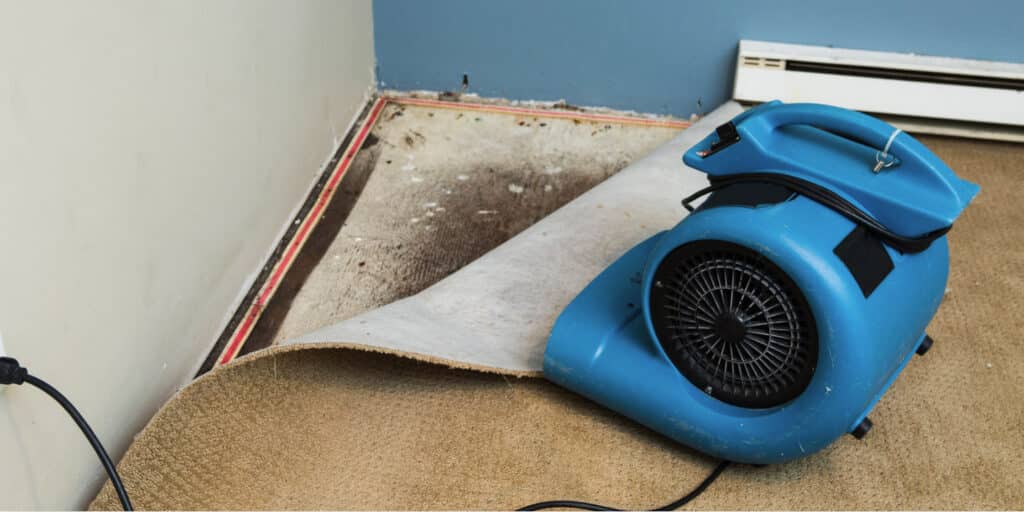
Flooding can wreak havoc on your home or business. Whether caused by a natural disaster, pipe burst, or sewer backup, standing water can cause significant damage and pose health hazards if not promptly addressed. Utah’s quick-response flood water extraction services can help minimize damage and get your life back on track.
Comprehensive Flood Water Extraction and Cleanup
At Father and Son Carpet Cleaning Restoration and Repair, we understand the urgency and complexities involved in flood water extraction. Our team is trained and equipped to handle all types of flood scenarios, from basement flood water extraction to large-scale commercial flood water extraction services.
We utilize powerful water extraction equipment to remove standing water, followed by thorough drying and dehumidification processes to eliminate moisture and inhibit mold growth. Our comprehensive flood water cleanup services also include disinfecting and deodorizing the affected area to ensure a safe and healthy environment.

Water Damage Restoration Cleanup – Restoring Your Property
Flood damages extend beyond standing water. Our water damage restoration cleanup services aim to restore your property to its pre-flood condition. We assess the damage, remove unsalvageable materials, and sanitize the affected area. Our team then works tirelessly to repair the damage, including drywall, floors, and carpets.
Rest assured, with our residential and commercial flood water extraction services, you’re choosing care, expertise, and a promise of restoration.
Why Us for Your Flood Water Extraction Needs?
We are committed to offering fast, efficient, and reliable flood water extraction and cleanup services across Utah. Our team understands the emotional toll and inconvenience a flood can cause. That’s why we’re dedicated to providing outstanding customer service, 24/7 emergency assistance, and thorough follow-ups to ensure your complete satisfaction.
We take pride in serving our community as a locally owned and operated company. We’re licensed, insured, and ready to help when needed.
Ready to Respond, Ready to Restore – Contact Us Today
An immediate response minimizes damage and reduces cleanup and restoration costs. Contact us at the first sign of flooding. Our flood water extraction team is ready to respond rapidly to your emergency, providing expert service to protect your home or business and minimize flood damage.
Frequently Asked Questions About Flood Water Extraction Cleanup
Making a Difference in Critical Times
When flood waters rise, so do we. Our commitment extends beyond just cleaning. It’s about providing reassurance and restoring peace of mind. Connect with us today to learn more about our flood water extraction services in Utah. Let us help you get back to normal, faster.
Here When You Need Us Most – Father and Son Carpet Cleaning
In times of crisis, count on a service that helps restore not just your property but also your peace of mind. Contact us today for prompt, professional, and reliable flood water extraction services. It’s time to reclaim your space from the waters. Call us today at 801-618-1390.
Facts About Flood Water Extraction
- Flood water extraction is the process of removing water from a property that has been affected by a flood or water damage.
- It is important to extract flood water as quickly as possible to prevent further damage to the property and to minimize the risk of mold growth.
- Professional flood water extraction companies have specialized equipment and expertise to efficiently remove water from the affected area.
- The extraction process typically involves the use of pumps, vacuums, and other water extraction tools to remove standing water.
- Once the water is extracted, the affected area is thoroughly dried and dehumidified to prevent moisture-related issues.
- Flood water extraction should be done by trained professionals to ensure safety and to minimize the risk of contamination from sewage or other hazardous substances.
- It is important to document the extent of the water damage and the extraction process for insurance purposes.
- Regular maintenance and inspections of the property’s drainage systems can help prevent or minimize the risk of flooding and the need for flood water extraction.
